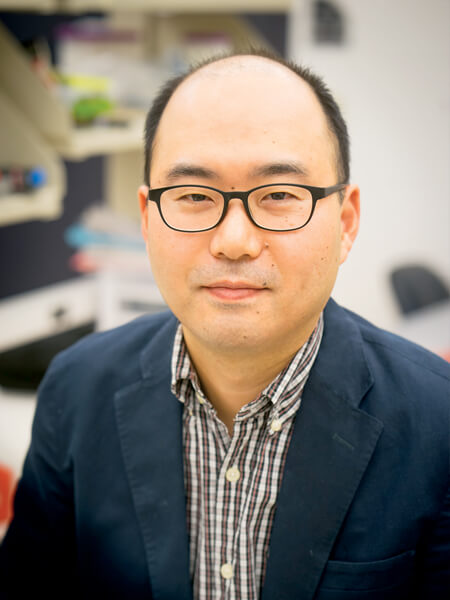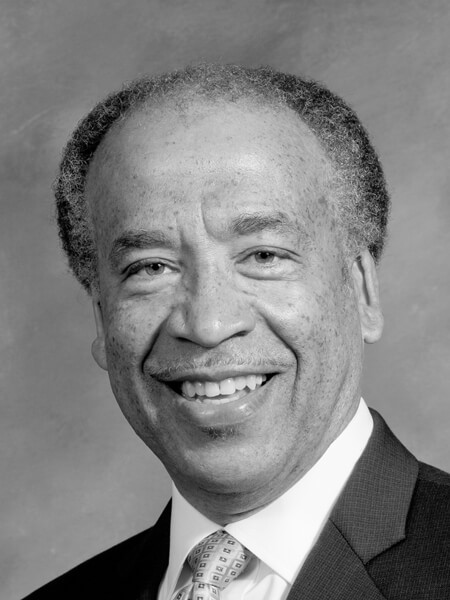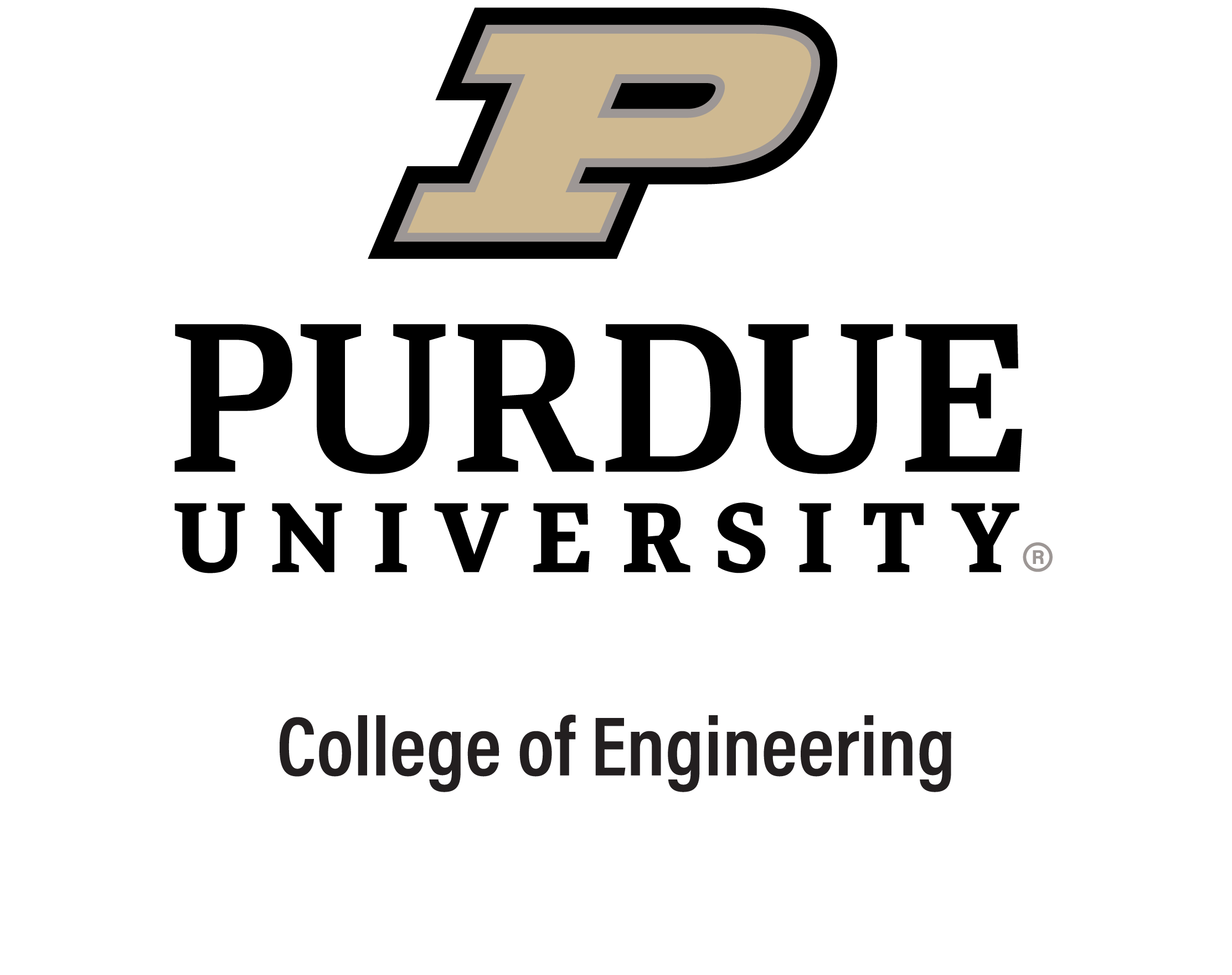
A unique PhD program capitalizes on synergies and builds on a long-standing collaboration between the Weldon School of Biomedical Engineering and the Purdue College of Veterinary Medicine.
Named the Interdisciplinary Biomedical Sciences (IBSC) program in 2012, it originated as the Biomedical Sciences Doctoral Track in 2004. Today, Young Kim, associate professor of biomedical engineering, and Russell Main, associate professor of basic medical sciences in the College of Veterinary Medicine, co-lead the IBSC program. Main also holds a joint appointment in the Weldon School.
A doctoral program spanning the two units makes organic sense because many of the biomedical devices, engineered tissues and other research areas being explored at the Weldon School are prime for testing in small animals, says Main. “The natural steppingstone is to go from development in a lab to maybe a small rodent model, to a larger mammalian model, and then on to the human clinic,” he explains. “Making the technical and animal health experience from the veterinary college available to the biomedical engineers just naturally leads to collaboration.”
Kim agrees and suggests that the relationship between the two institutions is symbiotic. For example, a project in his lab involving hemoglobin will produce outcomes potentially affecting both humans and animals, he says.
Both the Weldon School and Veterinary Medicine develop and deliver financial and administrative support for the program. “Our goal is to have the graduate students serve as a bridge between the two units,” Main says. “If you have a student working on a collaboration for four or five years, it strengthens the bond and helps to develop a mutually beneficial research program.”
The doctoral program prides itself on attracting students from diverse educational backgrounds, including the basic sciences, such as chemistry and biology. A recent graduate, Evan Phillips, currently a postdoctoral researcher at the University of Illinois at Chicago, came to the Purdue program with strengths in imaging techniques, which he enhanced as he researched aneurysms using rodent models.
Purdue Engineering faculty and students value the broad knowledge base that the program’s students bring to their labs. Likewise, the IBSC students’ immersion in engineering labs exposes them to new experimental and analytical approaches and a prevalent translational mindset, representing cross-pollination of ideologies and technical skills.

While the IBSC tracks a path similar to most doctoral programs, it stands out for several reasons: It connects the Weldon School and Veterinary Medicine, which is a major advantage for students; it is open to students from varied backgrounds, which fosters a stimulating exchange of ideas and expertise; and the students are advised by co-mentors from both schools, giving them access to the best minds from both worlds.
“We encourage the students to have one mentor from Engineering and one from Veterinary Medicine, so they have a good understanding of both areas,” Kim says. “The co-mentorship exposes students to the whole pipeline – innovating something at the bench, but also seeing, through discussions with clinicians and scientists, how it might lead to a clinical application,” Main says.
Students do not go through a rotation process. They are recruited into the program by a set of co-mentors and can share time in their mentors’ labs, supporting development of their thesis research. “In this way, they can focus all of their energies on nurturing the collaborative bridge between the Weldon School and Veterinary Medicine and on fulfilling their degree requirements, instead of spending time in other labs that may or may not bear fruit,” Main says.
IBSC students also have a seminar requirement in both the Weldon School and Veterinary Medicine, which, says Main, gives them a lot of exposure to a whole range of biomedical engineering subdisciplines and clinical cases. The hope is that the students will make connections between the techniques they’re learning in the biomedical engineering world and clinical cases with which they’re involved at the College of Veterinary Medicine. IBSC will also play a key role in furthering collaboration between the Purdue College of Engineering and Indiana University School of Medicine.
Since Kim and Main took charge of the program in 2015, they have focused on increasing recruitment by spreading the word across campus and at national conferences. Their efforts have been paying off: The number of new students enrolled in the IBSC has grown from one to two students each year to three to five students annually.



